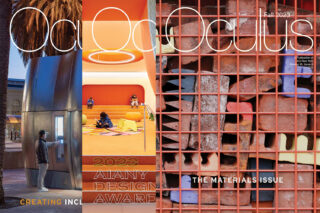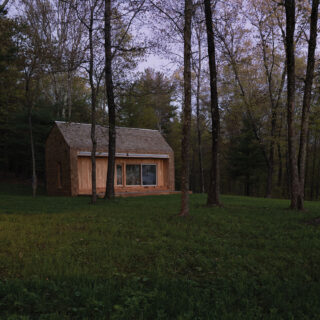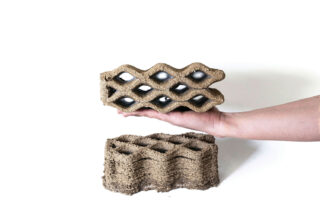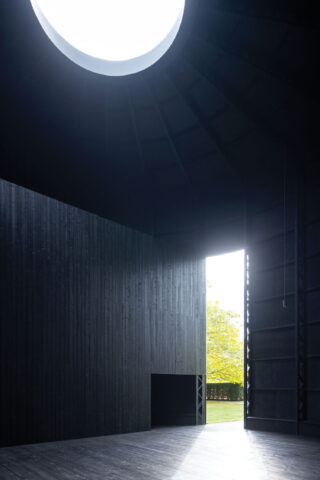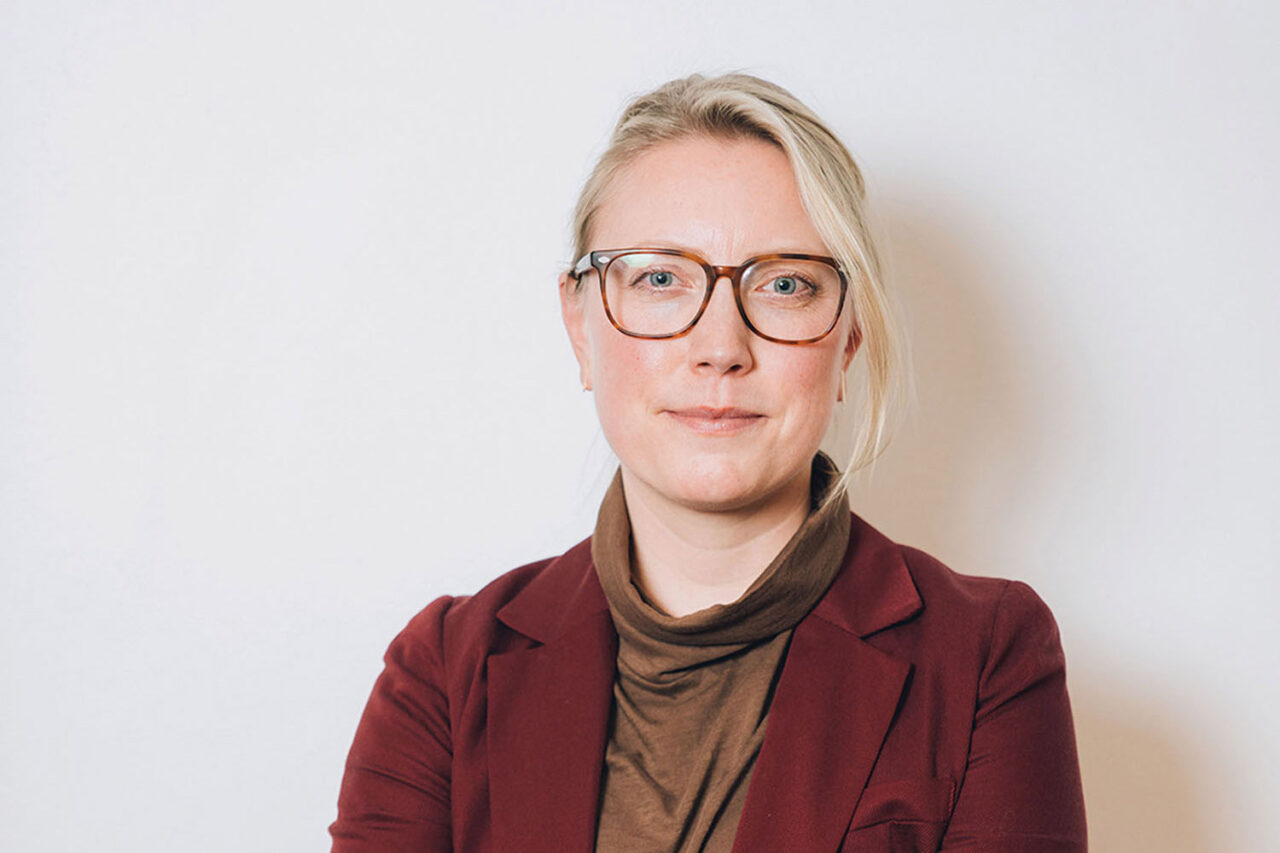
When I was growing up in rural Maine, I, unknowingly, was very close to the material world around me. My mother kept the books for a stonemason who quarried granite from nearby Mosquito Mountain, and his daughters and I would play around and on top of the piles of remnant stone behind the fabrication shop. My father, a self-taught carpenter, built several small back-to-the-land-type houses with his five siblings, and took on woodworking projects during the summer months. I was often enlisted to hold nails while he hammered, or check oak boards for warping as he laid a new floor. Before the weather turned cold again, I would ride next to him on the bench seat of an old pickup truck into the woods to haul out firewood for the long winter ahead. For anyone who has had similar experiences, I am sure the smells, textures, and even the sounds of working with these materials are still very vivid.
Today, surrounded by the urban environment, I find that these simple interactions with familiar building materials seem quaint. The scale of the projects in New York is so great, it is easy to become disconnected from their component parts, and from the stories behind the materials and processes that make them. In this issue, we seek to counteract that experience, and speak with people who are intimately involved—in many cases, literally getting their hands dirty—with researching and developing materials for large-scale use, in an attempt to find viable solutions to some of our society’s most wasteful or damaging building practices.
In New York City’s own backyard, the Hudson Valley farming and climate research incubator Wally Farms is home to two new hemplime-constructed houses, which are the product of years of research by architect and urban planner Kaja Kühl, founder of youarethecity, and several collaborators. In this issue’s “Street Level” column, Cornelia Smith explores Kühl’s process of working with industrial hemp to build these passive house structures. As a fast-growing material that sequesters up to 10 times more carbon than trees, industrial hemp is on the minds of a lot of researchers and designers these days. In our “Materials Matter” feature, Rita Catinella Orrell spoke with members of both Parsons’s Healthy Material Lab as well as Columbia GSAPP’s Natural Materials Lab about their work with minimally processed biomaterials and their potential to replace products that are part of more harmful supply chains. As the school’s assistant professor of architecture technology, Lola Ben-Alon, points out, “Sustainability rests not solely in the final product, but in the intricate nexus among production processes, material characteristics, and their subsequent integration into the built environment.”
To most building-industry members, the idea of this nexus, and that of environmental responsibility when it comes to sourcing materials, is not new. But the issue of forced labor, often obscured by complex supply chains, has also urgently come to the forefront in recent years, in part due to the Design for Freedom (DFF) initiative launched in 2020 by Grace Farms. Three years into this movement, Beth Broome explores some of the pilot projects that have come out of DFF’s work with partners who are working to model transparent and forced-labor-free supply chains. The work of creating humane material sourcing and building practices is, seemingly, never-ending, but the early successes coming out of the DFF movement offer hope that it can, and will, be done. One way to reduce exploitation and environmental impact within material economies is to employ a practice of circularity, and in the third feature of this Fall issue, Bill Millard takes a deep dive into the firms and organizations that are leading the charge to reduce new material usage in the construction industry.
Of course, this issue is just one of many resources tackling responsible material sourcing. This fall, our editors and contributors have found inspiration all around: in the New Yorker’s profile of Pavels Hedström, the Swedish-born architect seeking to emphasize our uncertain environmental future with his work; in dual shows at MoMA, “Emerging Ecologies” and “Life Cycles,” both of which interrogate relationships to the built environment; and even in the press releases hitting our inboxes. One recent announcement, for example, highlighted a speculative lamp designed by Pearson Lloyd that employs circular-economy materials, including yarn made from marine plastics.
Ultimately, it is the people taking their ideas from the speculative to the expandable who are the difference-makers in the movement toward material sustainability. This fall, we mourn the recent passing of Beverly Willis, FAIA. As we reflect on her legendary life and career, we can’t help but feel more invested in improving the world we build around us.
Jennifer Krichels, Editor-in-Chief
editor@aiany.org









